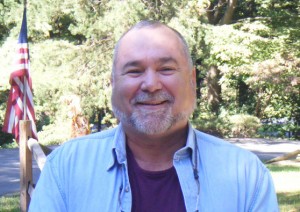
The Immense (and Needless) Human Misery Caused by Speculative Credit Bubbles (August 27, 2013)
Financialization and the Neocolonial Model of credit-based exploitation leave immense human suffering in their wake when speculative credit bubbles inevitably implode.
Discussions of the global financial crisis tend to be bloodless accounts of policy and “growth.” This detachment masks the immense and totally needless human misery created by financial engineering. A correspondent with first-hand knowledge of the situation in Cyprus filed this account:
“RE: the Cyprus economic crisis, the politicians are unbowed by the chaos they caused, still behaving as they have always done, preaching populist platitudes, corrupt as ever, unapologetic. A poll showed that 99% of Cypriots believe their government is corrupt.Yesterday, the former president, Demetris Christofias, appeared before a tribunal investigating the causes of the economic collapse. He tried to force the tribunal to do what he told them, saying, “I am not just any witness, I was the President of the Republic for 5 years”. They told him where to get off and he stormed out.
Little hope for this country. Money leaving. Best talent leaving. Foreign investment in a planned energy hub has been hijacked by the politicians. Cyprus is returning back to what it always was: a tourist destination run by shopkeepers and farmers.Sad days. Most people feel betrayed by the politicians and big powers.”
This report highlights a key dynamic of speculative credit/banking bubbles: they require the complicity of central banks and the state. Speculative bubbles based solely on cash have very short lifespans, as the bubble bursts violently as soon as the gamblers' cash has been sucked into the vortex.



